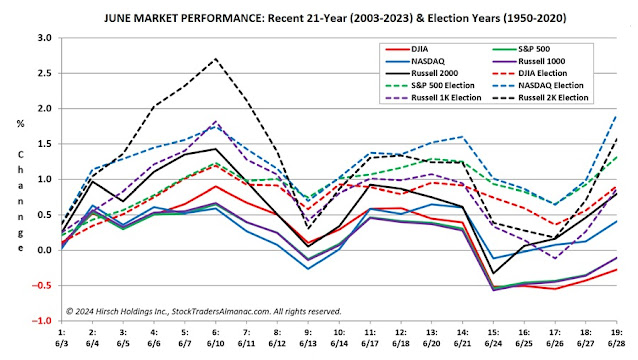At one point in my career, I had over 30 consecutive winning trades using this next short-term trading strategy. You will first have to calculate a 3-bar moving average of the high and a 3-bar moving average of the lows. (Each bar represents the time period displayed on your chart. Use 5-minute charts for lots of signal, or 15-minute charts if you want a little less hectic trading career.) This is automatically done on all quote machines, although “in the old days” I did it by hand. You can have the old days!
- You will first have to calculate a 3-bar moving average of the high and a 3-bar moving average of the lows.
- The strategy is to buy at the price of the 3-bar moving average of the lows — if the trend is positive, according to the swing point trend identification technique — and take profits at the 3-bar moving average of the highs.
- Sell signals are just the opposite. This means you will sell short at the 3-bar moving average of the highs and take profits at the 3-bar moving average of the lows. It is downright foolish to do this unless there is a reason to take only short sales. Our reason might well be that our swing point reversal system has told us the trend is down. Then, and only then, sell the high and cover at the lows.
Now let’s try to make some order out of all this.
Figure 9.5
shows the addition of the 3-bar mowing averages and the swing lines. I
have marked the points where trend changes; we switch from buying the
lows to shorting the highs following these reversals. The 3-bar high and
low entry points are also shown. The game goes like this; trend
reversal up so we buy the 3-bar low line and take profits at the 3-bar
high and await a pullback to the 3-bar low. If the 3-bar low would
create a trend reversal for selling, however, pass on the trade. Sells
are just the opposite; await a trend reversal down, then sell all the
3-bar highs and take profits at the 3-bar lows.
Figure 9.6 has all the trend reversals marked off, so you can begin paper trading by looking for the buy and sell entries and exits. I suggest you walk through this chart to get a sense of how one can trade this very short-term approach. Note these are 15-minute bars, but the concept will work on 5-minute to 60-minute bars as well.


























%20-%20ICT%20Optimal%20Trade%20Entry%20-%20OTE.jpg)




%20-%20How%20I%20Made%20One%20Million%20Dollars%20Last%20Year%20Trading%20Commodities%20%5B146%20p.%5D%20conv%20101.png)





